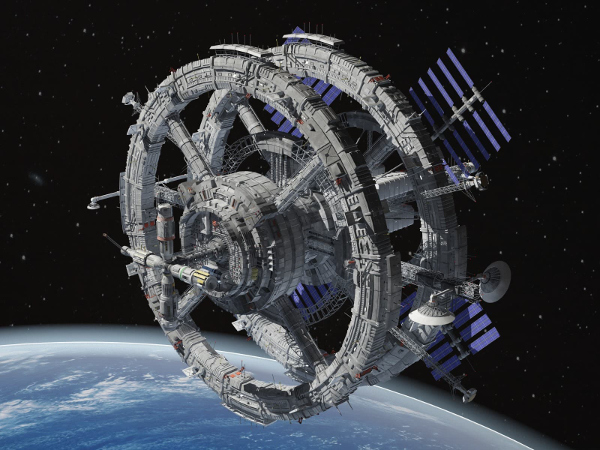BENGALURU: The Indian Space Research Organisation (Isro) aims to undertake more human space flights and also build a station in the outer space, once it successfully completes its maiden mission — Gaganyaan — in 2022, Isro chairman K Sivan said. Aiming to be the fourth country to launch a human space mission from its own soil, Isro has identified the first cohort of pilots to be trained for the ambitious programme.
“Before Independence Day (in) 2022, we are targeting the first manned mission,” Isro chairman said. “We will sustain that with more (human spaceflight) missions. Then we will have our own space station,” he said in an exclusive interview with ET.
Isro has designed an autonomous 3.7 tonnes spacecraft to carry a three-member crew to space, but is likely to have only one astronaut in its maiden human space flight.
The high-profile mission — the first after Wing Commander Rakesh Sharma became the first Indian to go to space on a Russian rocket in 1984 — will see four IAF pilots head to Russia later this month to begin an intensive programme to train as astronauts. India has sought Russian help to both train its astronauts and build life support systems in the crew capsule. The spacesuits for the astronauts will also be stitched in Russia, Sivan said.
Meanwhile, Isro will send a humanoid into space later this year, the first of the two unmanned missions, using its most powerful rocket — Geosynchronous Satellite Launch Vehicle MkIII. The rocket will be human rated, that is, fine-tuned to be safe enough with zero or minimum errors to carry a human crew on board.
“The humanoid will have systems that simulate human functions,” said Sivan. The space agency will carry six micro gravity experiments in the crew capsule during the two unmanned missions.
India has earmarked over Rs 10,000 crore for the human space flight mission, which has been in the works for nearly two decades. It moved to mission mode with tight deadlines after Prime Minister Narendra Modi turned the spotlight on the programme in his Independence Day address to the nation in 2018. A plan to send an Isro scientist to space on a US space shuttle was shelved in 1986 following the Challenger tragedy, when the space shuttle blew up 72 seconds into launch killing six astronauts.
Isro is also launching dedicated two communication satellites — Indian data relay satellite system (IDRSS) to ensure that the Astronauts are in constant touch with the space agency’s scientists on ground throughout the mission.
Pointing out the need for a roundthe-clock communication system once a human is launched into space, Sivan said of the many options, IDRSS was the least expensive.
“I think August 2022 is a somewhat aggressive target given the complexity of human missions to Low Earth Orbit (LEO),” said Susmita Mohanty, CEO of Earth2Orbit, India’s first private space startup.
“So far, we have tested 2 unmanned capsules for atmospheric re-entry technologies: SRE-1 in January 2007 and CARE in December 2014. Isro should publish a comprehensive roadmap instead of simply announcing a target launch date.”
“I think August 2022 is a somewhat aggressive target given the complexity of human missions to Low Earth Orbit (LEO),” said Susmita Mohanty, founder and CEO of Earth2Orbit, India’s first private space startup.
“So far, we have tested 2 unmanned capsules for atmospheric re-entry technologies: SRE-1 in January 2007 and CARE in December 2014. ISRO should publish a comprehensive roadmap instead of simply announcing a target launch date.”
Source: ET
Image Courtesy: Renderhub
You may also like
-
New Heat-Based Approach To Cancer Treatment Can Reduce Chemotherapy Doses
-
Scientists Take A Major Step Towards Unification Of Classical & Quantum Gravity
-
India Graphene Engineering and Innovation Centre (IGEIC) Under the Vision of Viksit Bharat@2047 Launched
-
New High-Performance Gas Sensor can Monitor Low Level Nitrogen Oxides Pollution
-
Antidepressant Drug can be Repurposed for Treating Breast Cancer
